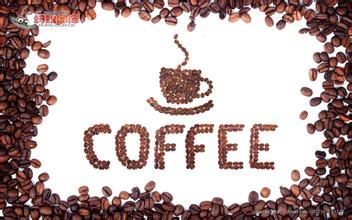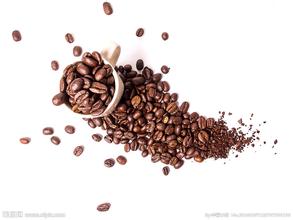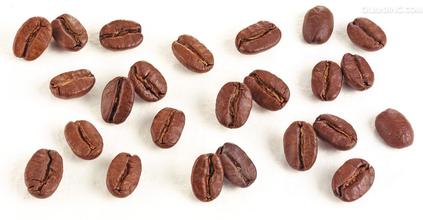Description of Flavor of coarse and Fine Coffee calibrated by Italian Bean Mill introduction of Variety producing area by Taste treatment
Description of Flavor of coarse and Fine Coffee calibrated by Italian Bean Mill introduction of Variety producing area by Taste treatment
The most difficult part of adjusting the electronic bean grinder is that when you adjust the grinding parameters, the distance between the knives will change accordingly, and the change of this distance will directly affect the powder output of the bean grinder, that is, the grinding and pulverizing time. If you want to make the grinding degree finer, the distance between the sharpening knives will become closer, and there will be fewer coffee beans passing through the sharpening knife at the same time. On the contrary, the distance between the sharpening knife becomes larger, and the coffee beans that pass through the sharpening knife will become more at the same time. In general, the distance between the correct weight, flattened and powdered pressed powder and the outlet should be 5-6 mm. If the height of pressed powder is not in this range, you should try to adjust the powder output of the bean mill (that is, grinding and pulverizing time). When adjusting the amount of flour, the range of each adjustment should be between 0.2 and 0.3 seconds, after each adjustment, you need to recheck the quality of the coffee. The ordinary electronic bean grinder will adjust the grinding and milling time of the bean mill according to the pre-set amount of flour (please note that the amount of flour is adjusted by the mill according to time rather than weight). If you are not satisfied with the quality of the coffee, the first thing you need to do is to determine whether there is a problem with the amount of powder or the degree of grinding. the debugging of the electronic bean grinder mainly focuses on two variables, the amount of powder and the degree of grinding. These two variables are mutual, and if you change one of them, the other will also change.
Specific operation steps
Determine the direction of adjustment you need (finer or thicker). Make sure there are enough coffee beans in the warehouse, and the valve between the warehouse and the sharpening knife is opened so that the coffee beans can fall smoothly into the grinding area.
Turn on the grinder for 10 seconds and discard the coffee powder (these are coffee powders that have not been adjusted).
Use the coffee powder to make a cup of coffee to ensure the accuracy of the steps of serving, flattening and pressing powder. The traditional method of making espresso (Ristretto) uses a water / flour ratio of 1:1 (i.e. 18 grams of coffee powder is used to make 18 grams of coffee) or 1:2 (i.e. 18 grams of coffee powder is used to make 36 grams of coffee), while a regular espresso uses a water / powder ratio of 1:2 (i.e., "Normale"). Test the quality of the coffee and the extraction time. Constantly adjust the dial to make the powder reach a perfect thickness.

Important Notice :
前街咖啡 FrontStreet Coffee has moved to new addredd:
FrontStreet Coffee Address: 315,Donghua East Road,GuangZhou
Tel:020 38364473
- Prev

Yunnan Tieka Coffee Bean Flavor description Grinding scale quality Taste treatment Manor introduction
Yunnan Tieka coffee bean flavor description grinding scale quality taste treatment manor introduction Yunnan cultural scholar Ms. Huang Shuyun said: a Malaysian coffee expert once said that the preservation of the old varieties of Yunnan coffee, to maintain the status of Chinese coffee in the history of coffee in the world. Zhukula Coffee belongs to Yunnan small-grained Bobang Iron pickup Coffee, which is already very popular in Yunnan.
- Next

Introduction to the change of Water content of Coffee during roasting
Introduction to the change of water content during coffee roasting Tip 1: obtaining the highest caramelization-caramelization is an important factor affecting coffee flavor. Because raw beans absorb a lot of heat during roasting, there is the first 1st cracking, at this time, the sugar begins to be converted into carbon dioxide, water continues to evaporate, and the aroma of coffee will gradually come out and form coffee oil.
Related
- Beginners will see the "Coffee pull flower" guide!
- What is the difference between ice blog purified milk and ordinary milk coffee?
- Why is the Philippines the largest producer of crops in Liberia?
- For coffee extraction, should the fine powder be retained?
- How does extracted espresso fill pressed powder? How much strength does it take to press the powder?
- How to make jasmine cold extract coffee? Is the jasmine + latte good?
- Will this little toy really make the coffee taste better? How does Lily Drip affect coffee extraction?
- Will the action of slapping the filter cup also affect coffee extraction?
- What's the difference between powder-to-water ratio and powder-to-liquid ratio?
- What is the Ethiopian local species? What does it have to do with Heirloom native species?

